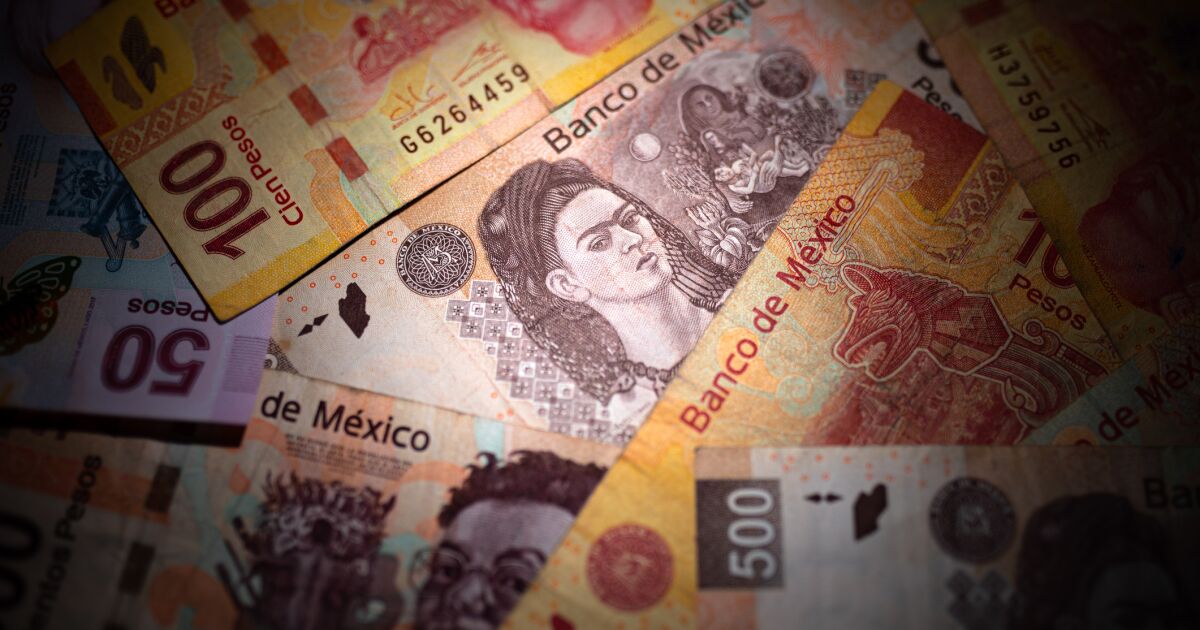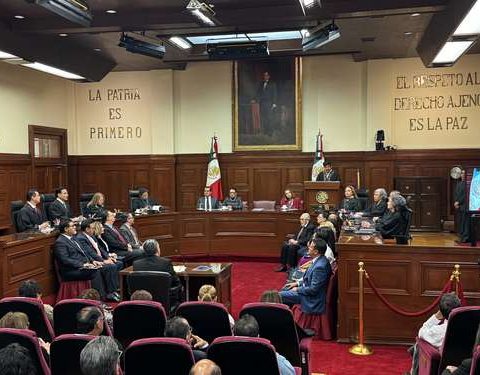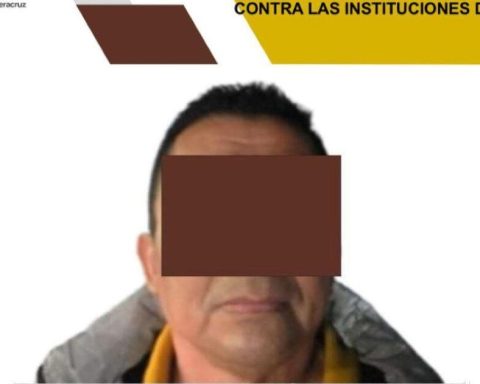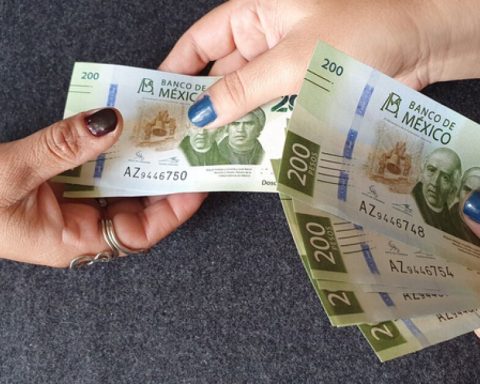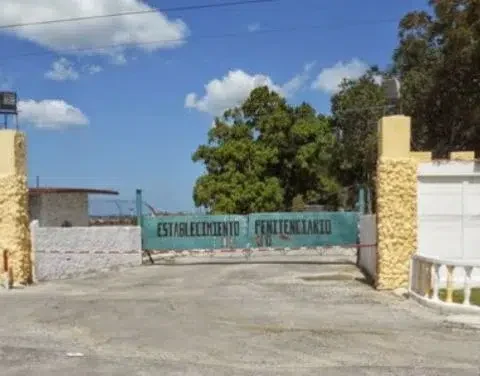These funds are fed when more public money arrives than that programmed by the SHCP for tax collection and the sale of Mexican oil, allowing money to be accumulated from different fiscal years to be used in the event of a drop in estimated revenue, according to the Center for Economic and Budgetary Research (CIEP).
When there is a lack of oil revenues, due to a slower economy or lower crude oil prices, they are compensated with tax revenues, if they were higher than planned, or vice versa; when there is a lack of taxes, they are compensated with oil revenues. However, if there are shortfalls for both concepts, or one does not compensate for the other, the funds are activated and their resources are used to compensate for the missing revenues stipulated in the Federal Revenue Law for the current fiscal year.
Charts show that, starting in 2019, the resources of these funds began to decrease due to the fall in the economy and, therefore, the lower arrival of budgetary income. However, starting in 2022, they began to recover, but never to levels close to the maximums reported in 2018.
Meanwhile, the Federal Entities Income Stabilization Fund (FEIEF) recorded a balance of 12,526 million pesos, equivalent to one sixth of what was reported at the end of 2018, which was 76,348 million, also its highest level recorded since 2012.
“The FEIEF increased its balance by issuing debt in 2020 and is now paying for said financing with the resources transferred to it, which delays its reconstruction,” CIEP said.
Meanwhile, in order to improve the resources of the FEIP, the Treasury published a decree in the Official Gazette of the Federation in the middle of last month in which it added two more sources to feed this Fund, which will apply starting this year: savings from the financial cost of the debt and contributions that the SHCP will make through financial assets.
